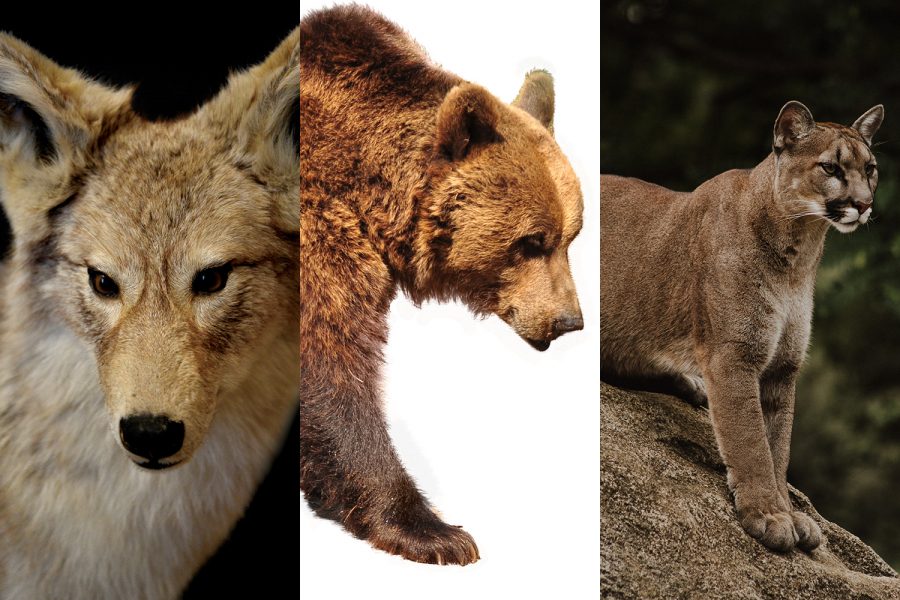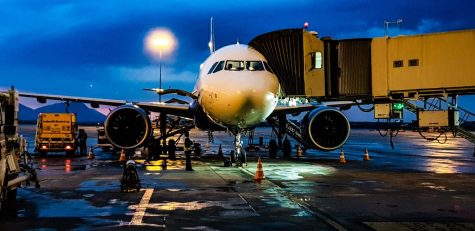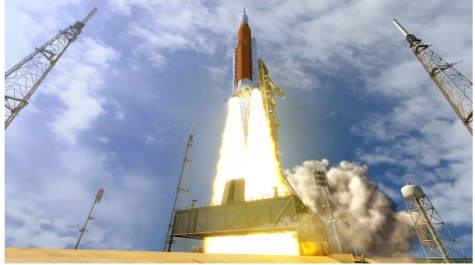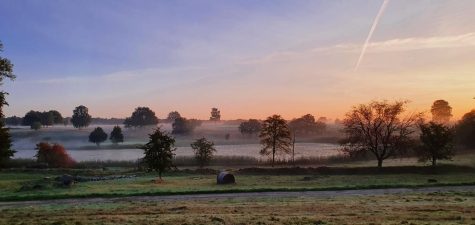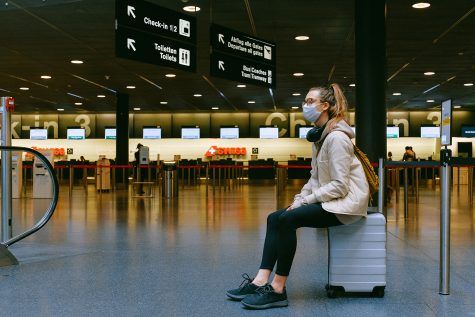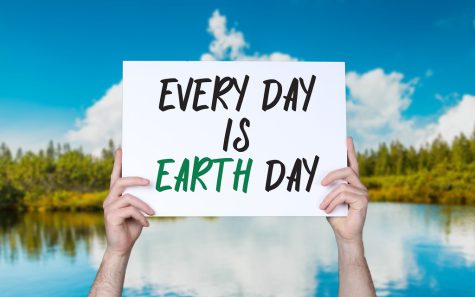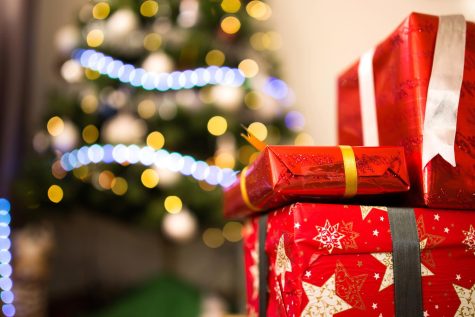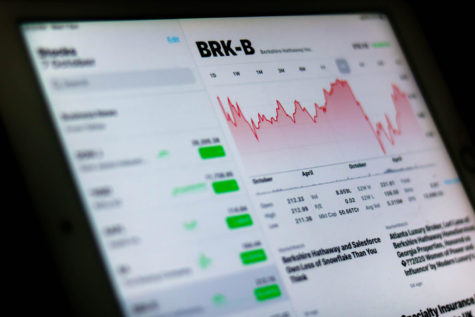Animals are Adapting to this “Anthropause”
People have spotted mountain lions wandering through the San Francisco Bay Area. CNN has reported about a coyote standing by the road near San Francisco’s Golden Gate Bridge, along with a puma on the streets of Santiago, Chile. With humans staying quarantined and off the sidewalks and roads, some animals have taken a liking to roaming around a once populated area.
Covid-19 has been keeping us locked up for a while, and while it may not seem like the greatest thing for us, think about the animals.
“I think humans, you know, with our cars, and our interactions, have lessened our impact on [animals],” said science teacher Elizabeth Daniels. “I think it’s nice to see the natural ecosystem return around us.”
Daniels has noticed more predators, which she believes to be a good thing because there were excessive numbers of herbivores such as squirrels and chipmunks in her neighborhood. “This means that the ecosystem will balance out a bit,” she said.
Humans have affected animals in many ways since industrialization. We over hunt, we pollute, we chop down trees, and do lots of other things, but biology teacher Elizabeth Shinstock says it is more than that. “We affect animals by living near animal habitats, so we affect them every day from daily interactions.”
While this moment of quiet opportunity is helping some animals, it is hurting others.
“For example, various urban-dwelling animals, like rats, gulls, or monkeys, have become so reliant on food discarded or provided by humans that they may struggle to make ends meet under current conditions,” explained a study reported in Nature Ecology & Evolution, an online-only journal publishing research in the fields of ecology and evolutionary biology.
The article also pointed out that in countries that allow outdoor exercise during the lockdown, people are rushing to the nearest parks and trails, potentially disturbing the native wildlife.
But the animals under pressure are a minority, and overall, our suspended activity outside is helping most animals.
“There seems to be an improvement,” said Ms. Daniels. “There’s less carbon dioxide entering our water areas and [going] into the air, so we’re actually seeing a more healthy ecosystem.”
With so few cars on the road, we aren’t emitting nearly as much carbon dioxide as we used to. This is helping ecosystems return to a more natural state and is helping animals.


